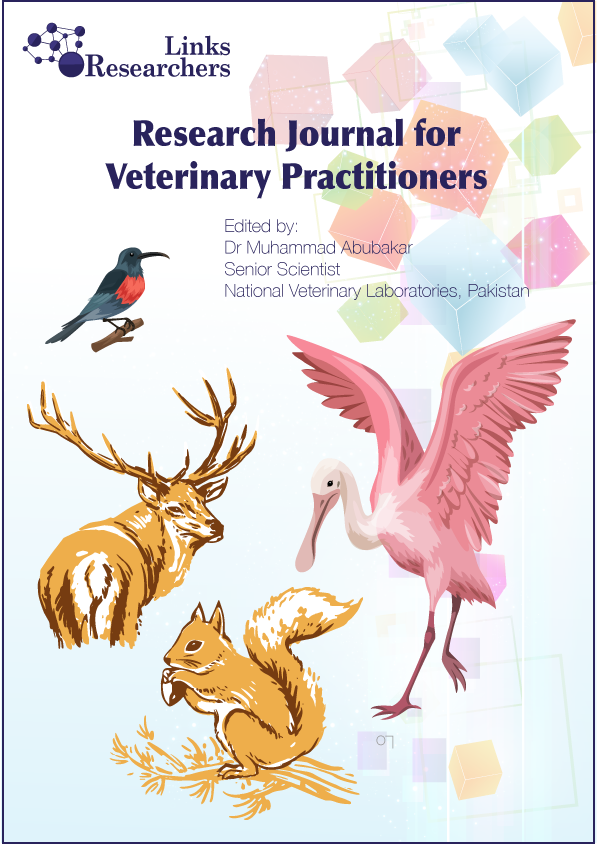Lei Chen, Ling Zhu, Zhi-Wen Xu, Wan-Zhu Guo
Matheus Nunes Weber1, Simone Silveira1, André Felipe Streck1, Luís Gustavo Corbellini2, Cláudio Wageck Canal1*
Sayeda Sarah and Muhammad Ibrar
Muhammad Khalid Mukhtar*
Tayiba Latif Gulraiz1, Arshad Javid1*, Syed Makhdoom Hussain2, Muhammad Shahbaz3, Irfan3 and Sharoon Daud4
Giselle R.R. Ayres* and Brandão P.E
Imed Ben Salem*, Aymen Ben Ibrahim, M’barek Chetoui and Said Nouira
Gabriela Mansano do Nascimento, Helena Lage Ferreira and Clarice Weis Arns
Pam D Luka, Frank N Mwiine, Bitrus Yakubu, Joseph Erume, Ricardo Pérez-Sánchez, Hermann Unger and David Shamaki
A. K. Ganguly and Uma Rao
Shakir Ullah*, Aish Muhammad*, Iqbal Hussian*, Hafeez-Ur-Rahman**, Muhammad Zeeshan Hyder***, Muhammad Din**** and Nizamud Din
Abdul Rehman Khan*, Muhammad Mahmood–Ul-Hassan**, Rizwan Ahmad** and Anjum Munir ***
Mohammad Javad Golmohammadi1, Hamid Reza Mohammaddoust Chamanabad1*, Bijan Yaghoubi2 and Mostafa Oveisi3
G. Venkatesan* and Amit Kumar
















